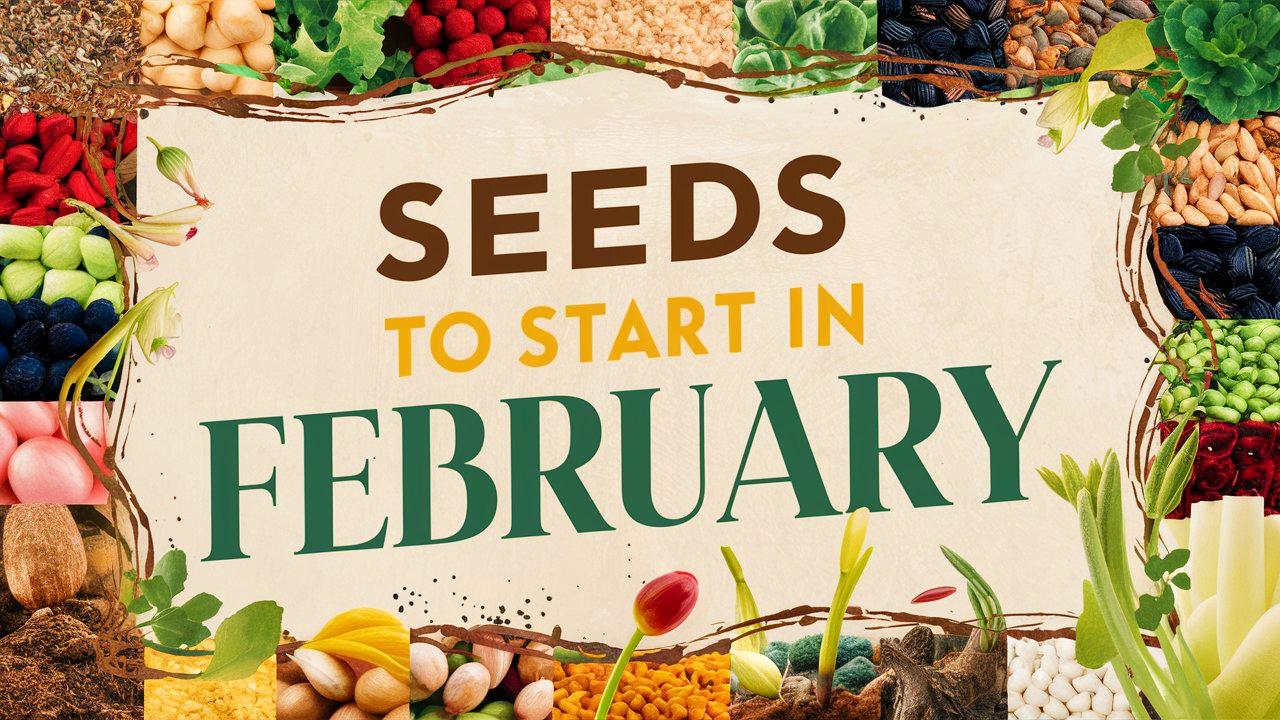As the chill of winter begins to wane and the hope of spring approaches, February serves as a pivotal month for gardeners eager to kick-start their growing season. Depending on your specific climate zone, this month can present unique opportunities to sow seeds both indoors for later transplanting and even outdoors in certain regions.
This comprehensive guide will explore vegetables, flowers, and herbs that can be planted in February, along with detailed information tailored to the season and temperature tolerances of each plant.
Vegetables To Plant In February
Growing vegetables in February can reward gardeners with an early harvest, particularly in southern and mild regions. Below are ten vegetables that are well-suited for February planting.
Peas
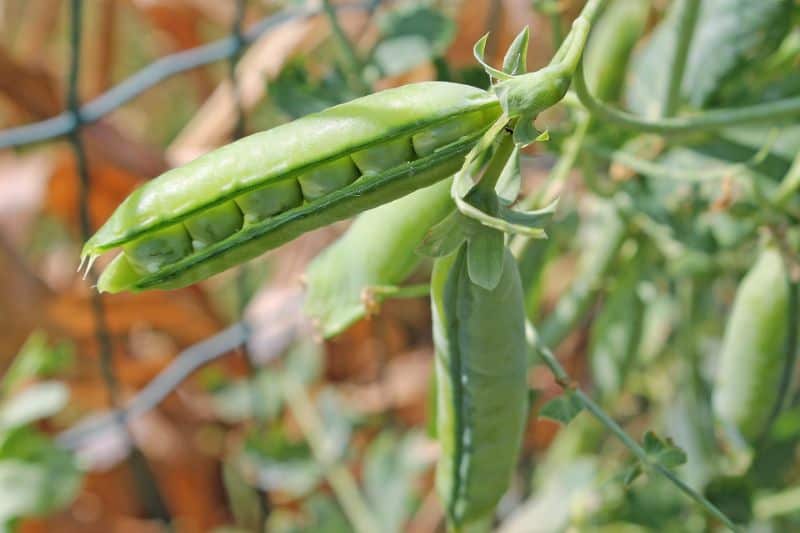
Temperature Tolerance: 40°F to 75°F
Planting Dates: Mid-February for warmer regions; March for cooler areas.
Peas are a cold-tolerant crop that thrives in cooler temperatures. Starting them in February, especially in milder climates, allows for an early harvest before the heat of summer sets in. Choose varieties like ‘Sugar Snap’ or ‘Snow Peas’ for a sweeter flavor. Plant the seeds about 1 inch apart and 1 to 2 inches deep in well-drained soil that has been amended with compost to improve fertility.
Spinach
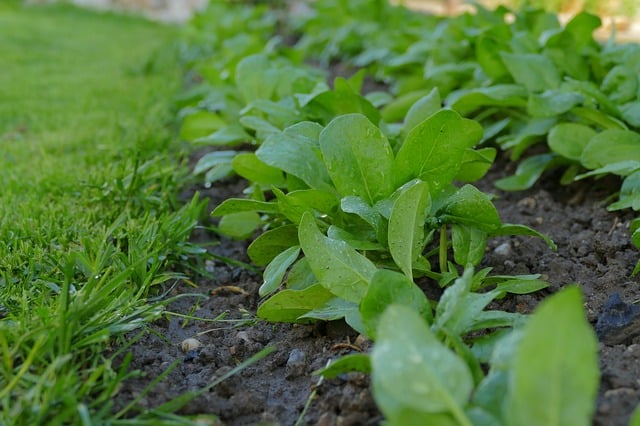
Temperature Tolerance: 40°F to 75°F
Planting Dates: Late February for warmer regions; late March for cooler areas.
Spinach is another hardy vegetable that prefers cool weather. Sowing seeds in February allows you to enjoy baby spinach leaves early in the season. Ensure the soil is rich in nitrogen and well-aerated. For optimal results, sow seeds 1 inch apart and ½ inch deep. In colder areas, starting them indoors for transplantation is a fantastic option when the soil is workable.
Kale
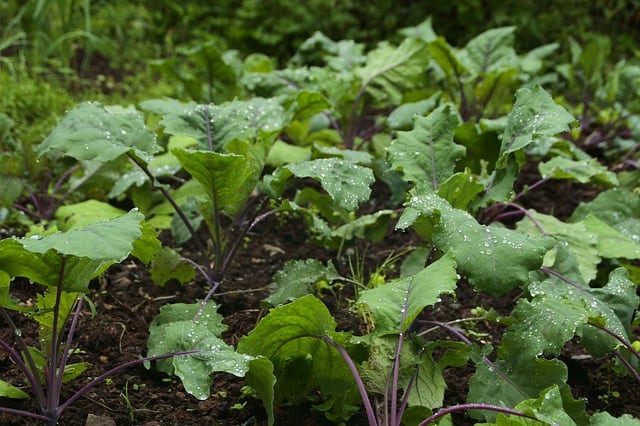
Temperature Tolerance: 30°F to 75°F
Planting Dates: Late February for warmer regions; early March for cooler areas.
Kale loves cool weather and can withstand frost, making February an ideal planting time. Varieties like ‘Winterbor’ or ‘Lacinato’ are popular choices. Sow seeds ½ inch deep and about 2 feet apart in garden beds amended with compost. They provide nutritious greens and continue to yield throughout the season when harvested properly.
Radishes
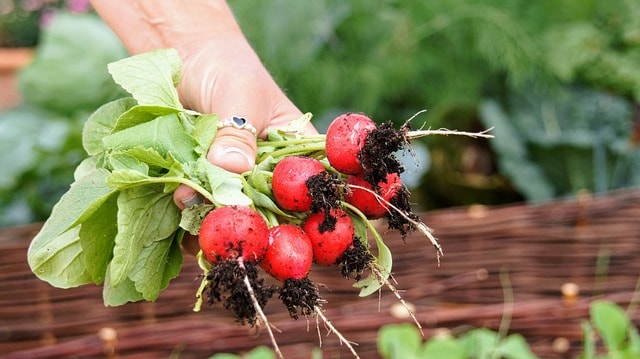
Temperature Tolerance: 40°F to 85°F
Planting Dates: Throughout February for warmer regions; early March for cooler areas.
Radishes are quick-growing and can be sown directly into the soil in early February. They are surprisingly tolerant of cold and can even sprout after frost. Choose varieties like ‘Cherry Belle’ or ‘French Breakfast’ for a range of flavors. Plant seeds about 1 inch apart and ½ inch deep, and thin them out once seedlings emerge for better growth.
Carrots
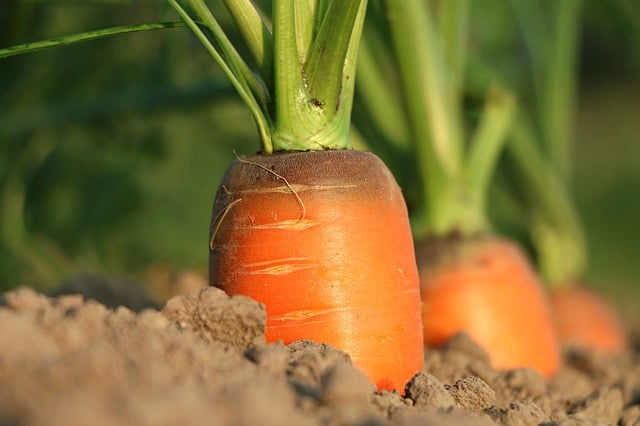
Temperature Tolerance: 45°F to 85°F
Planting Dates: Late February for warmer regions; early March for cooler areas.
Carrots are a robust root vegetable that can be sown in February if conditions permit. Loose, sandy soil is essential for developing healthy roots. Plant seeds about ¼ inch deep and 1 inch apart, thinning young seedlings to avoid overcrowding. They tolerate light frost but prefer consistent temperatures around 50°F.
Broccoli
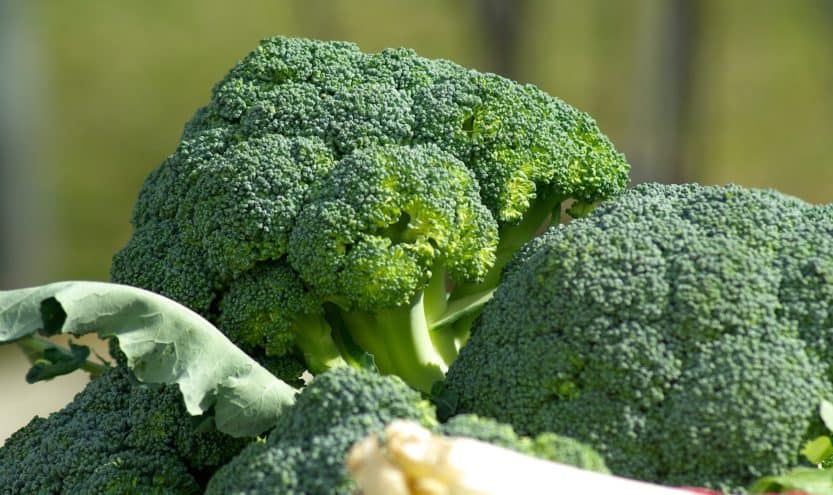
Temperature Tolerance: 50°F to 70°F
Planting Dates: Mid-February for warmer regions; early March for cooler areas.
Broccoli thrives in cooler temperatures and can be started indoors in February to transplant later in the season. Start seeds about 6-8 weeks before the last frost date, utilizing a seedling tray with a nutrient-rich soil mix. After about 4-6 weeks, transplant to your garden beds when seedlings are about 4 inches tall.
Cabbage
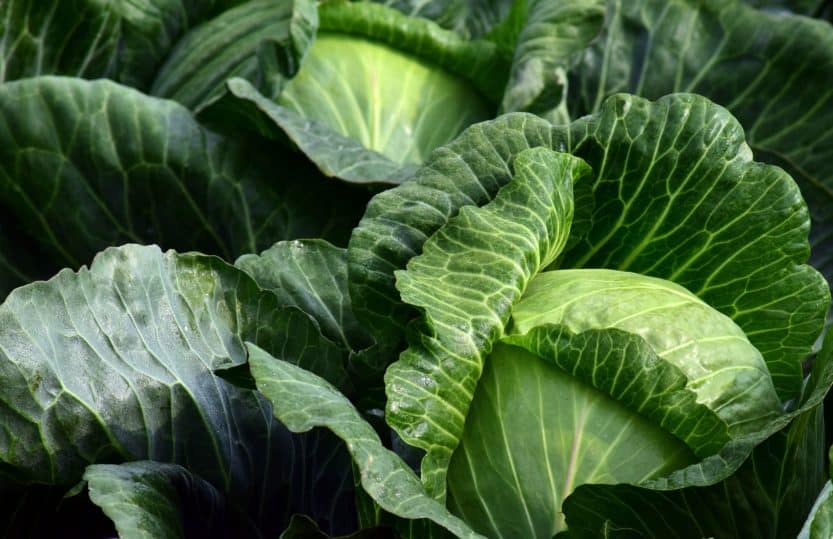
Temperature Tolerance: 45°F to 75°F
Planting Dates: Mid-February for warmer regions; early March for cooler areas.
Cabbage is designed to grow in cooler temperatures, making February a suitable time to start seeds indoors. Sow the seeds in seed trays and transplant into your garden in March. Utilize a soil temperature of at least 65°F for optimal germination, ensuring to space them about 18 inches apart when transplanting.
Swiss Chard
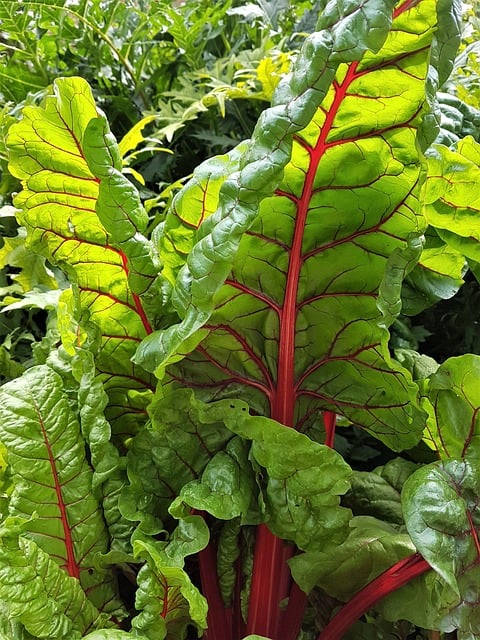
Temperature Tolerance: 40°F to 80°F
Planting Dates: Late February for warmer regions; early March for cooler areas.
Swiss chard is a versatile leafy green that can be sown directly into the garden in February, especially in milder climates. With high heat tolerance, it can also survive light frosts. Plant seeds about 1 inch apart and ½ inch deep, then thin seedlings once they’re up. Swiss chard is not only delicious but adds vibrant color to your garden with its bright stalks.
Onions
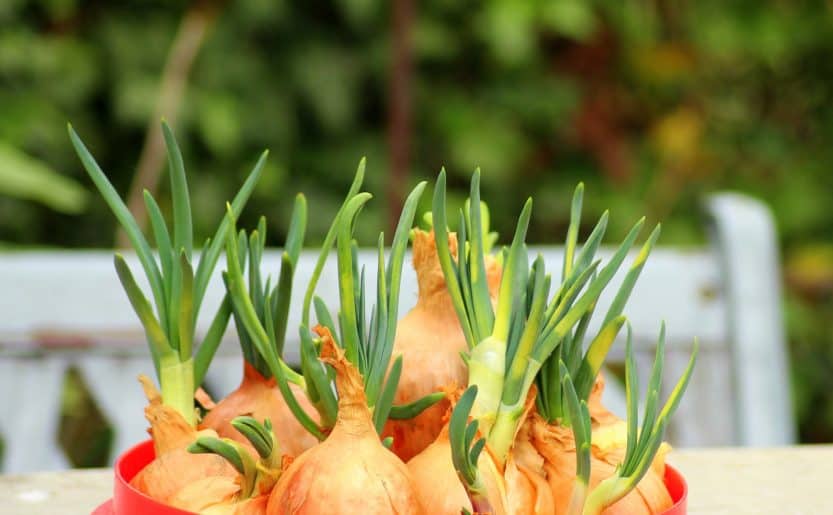
Temperature Tolerance: 30°F to 90°F
Planting Dates: Late February for milder zones; early March for cooler areas.
Onions can be started from seeds or sets in February, particularly in milder regions. If starting from seeds, sow them indoors about 8-10 weeks before the last frost. For direct sowing in the garden, choose onion sets for an easier start. Plant them about 4 inches apart, ensuring they receive plenty of sunlight.
Lettuce
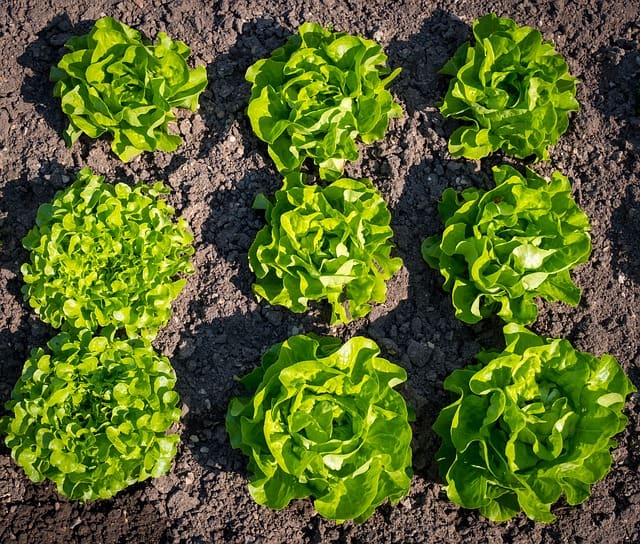
Temperature Tolerance: 40°F to 75°F
Planting Dates: Throughout February for warmer regions; early March for cooler areas.
Lettuce is a favorite cool-season crop that can be sown in February, providing fresh greens for salads early in the season. You can plant them either directly in the garden or in seed trays for transplanting later. Sow seeds about 1/8 inch deep and 1 inch apart, thinning them out as they germinate for better airflow and growth.
Flowers To Plant In February
Winter’s grip begins to loosen in February, making it an excellent time to start your floral garden. Here’s a list of ten flowers suitable for planting in February.
Pansies
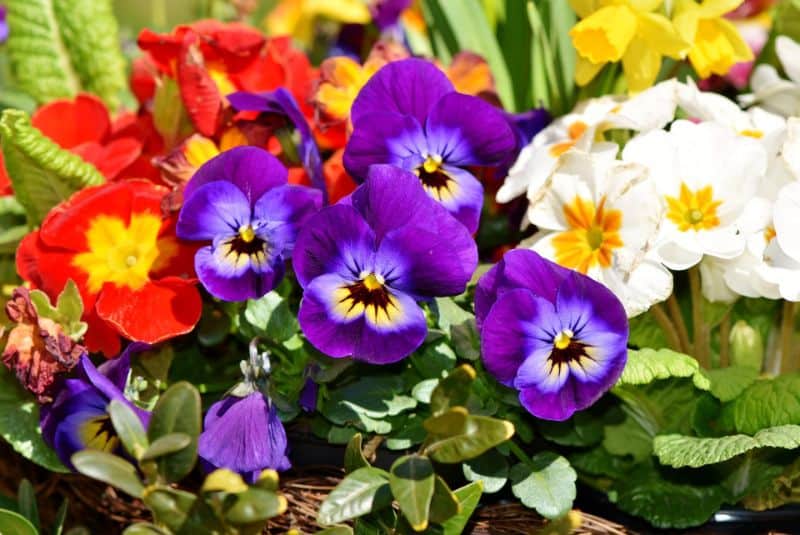
Temperature Tolerance: 30°F to 70°F
Planting Dates: Early February to mid-March in milder regions.
Pansies are among the first flowers to bloom and can handle cooler weather. They come in a variety of colors and thrive in partial to full sun. Plant pansies in well-drained soil about 6-12 inches apart. In milder climates, they can be a colorful addition to your winter landscape.
Snapdragons
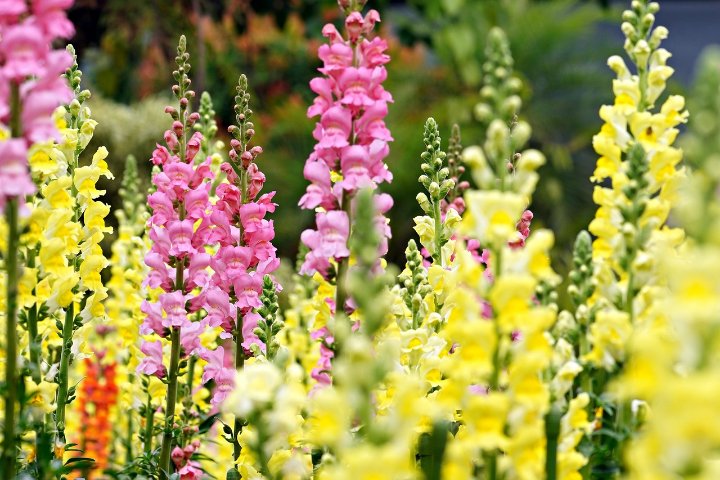
Temperature Tolerance: 30°F to 75°F
Planting Dates: Mid-February for warmer regions.
Snapdragons, with their tall spires and unique dragon-shaped blooms, can be sown indoors in mid-February for transplanting outdoors in early spring. They prefer well-drained soil and full sun. Space them about 6-12 inches apart as they mature, attracting beneficial pollinators to your garden.
Sweet Peas
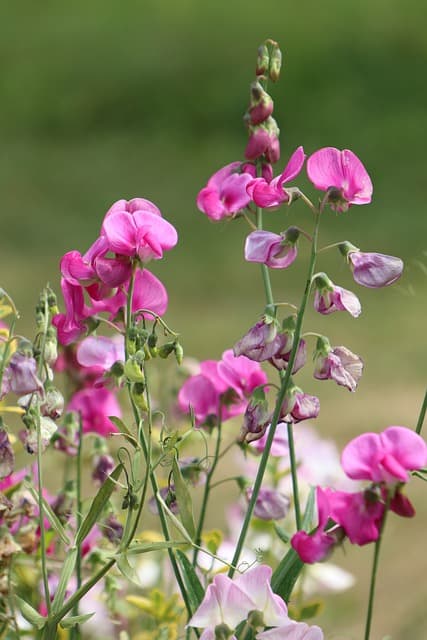
Temperature Tolerance: 40°F to 70°F
Planting Dates: Late February for milder regions.
Sweet peas are fragrant flowers that thrive in cool temperatures. They can be sown directly into the soil in February, particularly in milder climates. Create trenches and space seeds about 1 inch apart, covering them lightly with soil. Their climbing nature means they will require some support as they grow.
Calendula

Temperature Tolerance: 30°F to 70°F
Planting Dates: Throughout February in warmer regions.
Calendula, or pot marigold, is a bright annual flower that can withstand light frosts. Its cheerful blooms add color to any garden. Seed can be sown directly into the soil about 1/4 inch deep and spaced 12 inches apart. They also have medicinal properties, making them a dual-purpose plant.
Foxglove
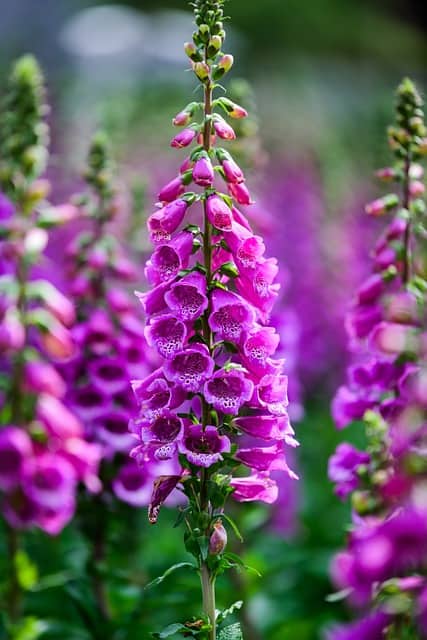
Temperature Tolerance: 40°F to 80°F
Planting Dates: Late February in warmer regions.
Foxglove produces striking tall flower spikes and can be started indoors in February for transplanting later. Plant seeds ¼ inch deep in seed trays, and once seedlings have developed 2-3 leaves, transplant them into the garden with adequate spacing. They thrive in partial shade and prefer well-drained soil.
Coreopsis
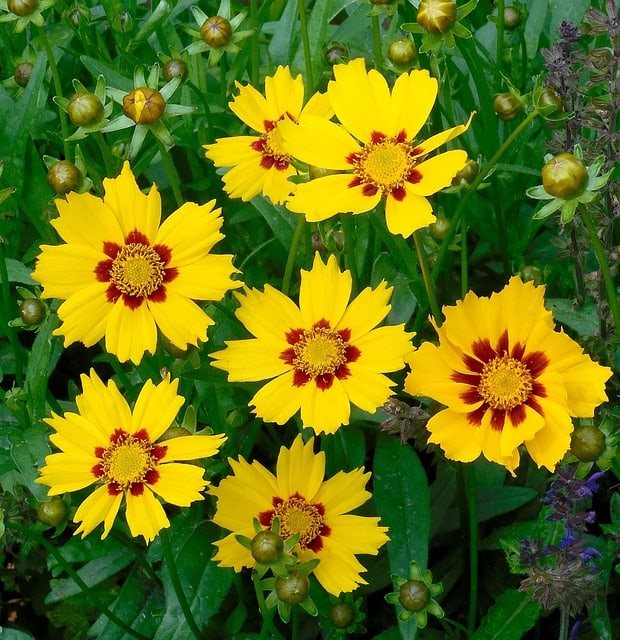
Temperature Tolerance: 30°F to 90°F
Planting Dates: Late February in milder regions.
Coreopsis, commonly known as tickseed, produces daisy-like flowers that attract pollinators. Sow seeds directly into the garden about ¼ inch deep or start indoors if you’re in cooler climates. They prefer well-drained soil and full sunlight, making them a vibrant addition to any landscape.
Delphinium

Temperature Tolerance: 30°F to 75°F
Planting Dates: Late February in warmer regions.
Delphiniums are sophisticated perennial flowers favored for their towering spikes of blue, purple, and white blooms. They can be started indoors in seed trays and transplanted after the last frost. When planting, space them about 12-24 inches apart to allow for growth in sunny, well-drained areas of the garden.
Zinnias
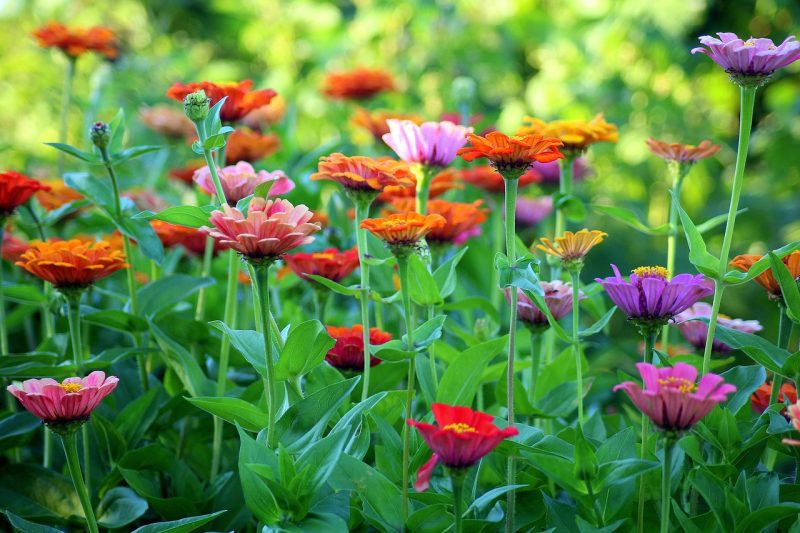
Temperature Tolerance: 50°F to 90°F
Planting Dates: Late February for indoor sowing in milder regions.
Zinnias are easy to grow and provide a burst of color while attracting beneficial insects. Start them indoors in seed trays in late February and transplant them after the risk of frost has passed. Space them about 12 inches apart in full sun for optimal growth.
Nigella

Temperature Tolerance: 30°F to 70°F
Planting Dates: Late February in milder climates.
Known as love-in-a-mist, Nigella is an annual flower characterized by delicate foliage and beautiful blooms. Sow seeds directly into the soil about ½ inch deep, ensuring they have plenty of space for growth. They do well in any well-drained soil and bring visual interest to gardens.
Verbena
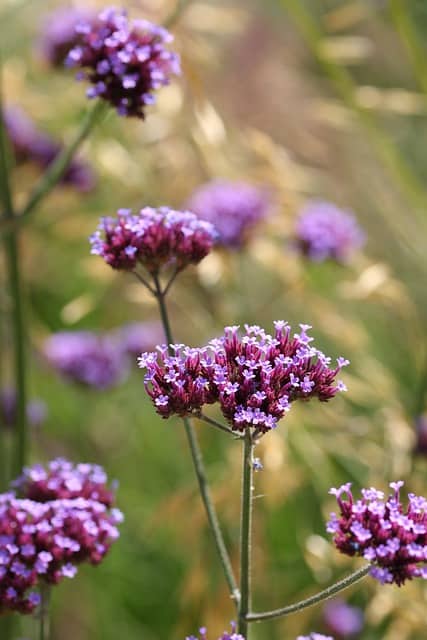
Temperature Tolerance: 40°F to 85°F
Planting Dates: Late February indoors or in protected areas in warmer regions.
Verbena is a hardy perennial that produces clusters of small flowers. Starting seeds indoors in late February allows for early blooming once they are transplanted in the garden. Sow seeds about ¼ inch deep, spacing transplants about 8-12 inches apart. Verbenas thrive in sunny locations and attract butterflies, adding vibrancy to any garden setting.
Herbs To Plant In February
Herbs are an essential component of any garden, adding flavor to meals and beauty to landscapes. Below are ten herbs that can be sown in February.
Basil
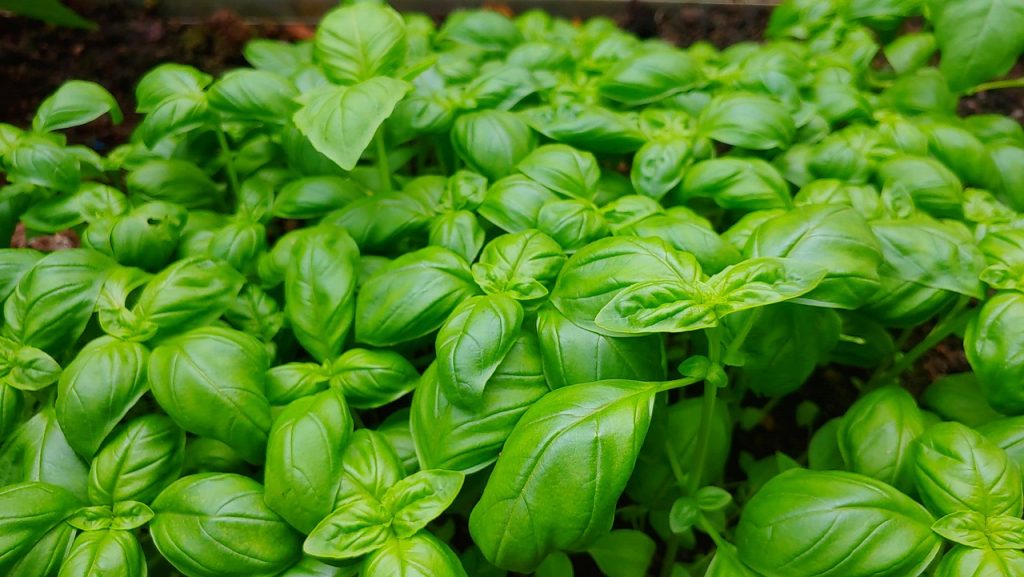
Temperature Tolerance: 50°F to 90°F
Planting Dates: Late February indoors; after frost outdoors.
Basil is a warm-weather herb that doesn’t tolerate frost well. Begin by sowing seeds indoors in late February, about ¼ inch deep in seed trays. Once the weather warms, transplant them outdoors after the last frost when temperatures remain consistently above 50°F. Basil thrives best in full sun and well-drained soil.
Parsley
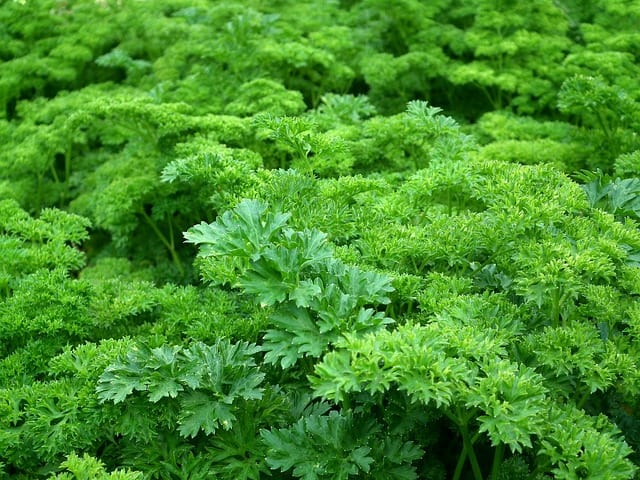
Temperature Tolerance: 20°F to 75°F
Planting Dates: Mid to late February indoors; March outdoors.
Parsley is a biennial herb often grown as an annual. It can be sown indoors in pots to get a head start in February. Seeds should be sown about ¼ inch deep in rich soil. Once seedlings germinate, they can be transplanted outdoors in March. Parsley prefers full sun but can adapt to partial shade.
Chives

Temperature Tolerance: 20°F to 80°F
Planting Dates: Late February in milder climates.
Chives are perennials that are very cold-hardy, making them suitable for early planting. You can start seeds indoors in late February, sowing them about ¼ inch deep. Once seedlings are robust enough, transplant them into the garden about 6 inches apart. They like well-drained soil and plenty of sunlight.
Thyme

Temperature Tolerance: 30°F to 80°F
Planting Dates: Late February for indoor sowing.
Starting thyme indoors in February allows for early supply of fresh herbs in the kitchen. Sow seeds about ¼ inch deep, ensuring warmth and humidity for germination. Once seedlings are about 2 inches tall, transplant them outdoors. Thyme requires well-drained soil and prefers full sun.
Cilantro

Temperature Tolerance: 30°F to 85°F
Planting Dates: Late February directly outdoors in warmer regions.
Cilantro can handle cooler temperatures, and seeds can be sown directly into the garden in late February, especially in milder areas. Sow seeds about ½ inch deep and 1 inch apart. Cilantro grows quickly, but it’s best to plant it where it will be partly shaded to prevent bolting once temperatures rise.
Dill
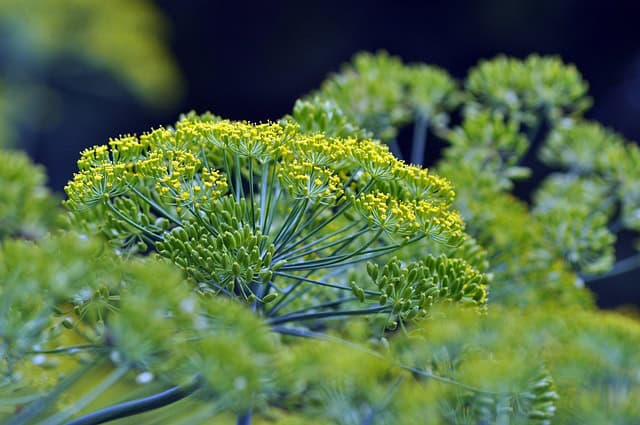
Temperature Tolerance: 30°F to 75°F
Planting Dates: Late February for indoor sowing in warmer regions.
Dill is an easy-to-grow herb that can handle the cool of early spring. Start seeds indoors in late February or directly sow them outdoors where the climate permits. Seeds should be placed about 1 inch apart and 1/4 inch deep. Dill prefers full sunlight and benefits from well-drained soil.
Oregano

Temperature Tolerance: 30°F to 80°F
Planting Dates: Late February for indoor sowing.
Oregano is a hardy perennial herb that can be started indoors in February. Sow seeds about 1/4 inch deep in seed trays, allowing sunlight to assist in germination. Once seedlings reach a few inches tall, they can be transplanted into the garden. Oregano thrives in well-drained soils and benefits from full sunlight.
Sage
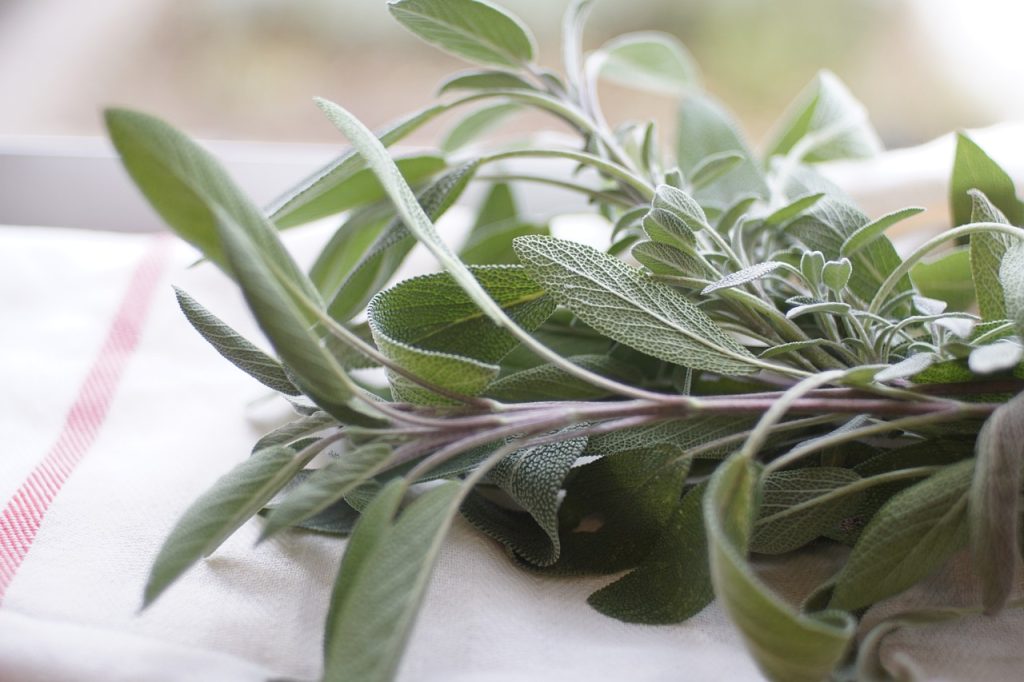
Temperature Tolerance: 40°F to 85°F
Planting Dates: Late February indoors in milder climates.
Sage is a perennial herb that prefers warmer temperatures but can be started indoors in February. Sow seeds about 1/4 inch deep in nutrient-rich soil. Transplant seedlings outdoors after the last frost. Sage likes well-drained soil and full sunlight for optimal growth.
Tarragon
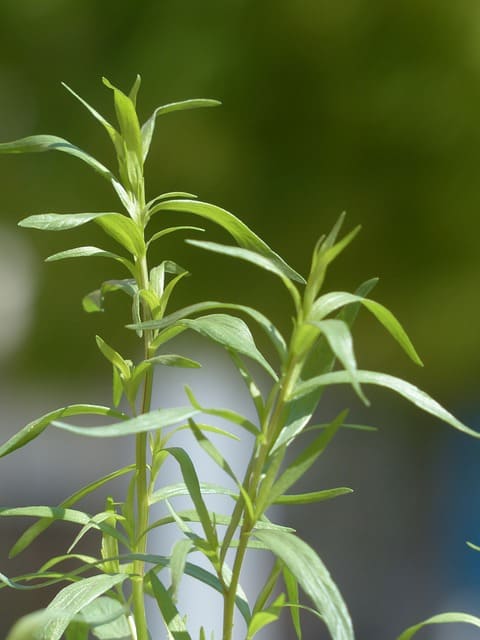
Temperature Tolerance: 30°F to 75°F
Planting Dates: Late February indoors.
French tarragon is a hardy herb that can be started indoors in rich soil in February, allowing for early harvesting in spring. Plant seeds about ¼ inch deep and thin to about 12 inches apart once they grow. Tarragon prefers full sun and well-drained soil.
Lavender
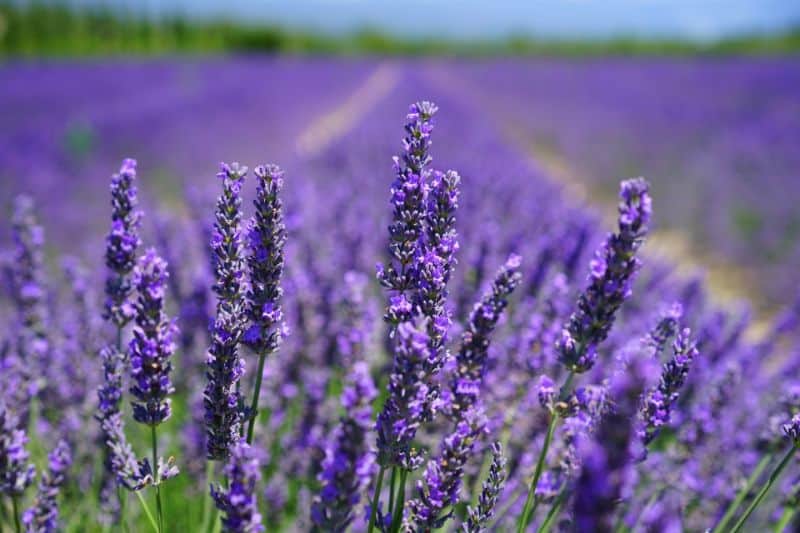
Temperature Tolerance: 30°F to 90°F
Planting Dates: Late February indoors or in milder zones.
Lavender is a fragrant herb that can be sown indoors in late February. Seeds should be planted about ¼ inch deep in seed trays. Once seedlings are ready, transplant them about 12 inches apart in well-drained soil with full sunlight exposure. Lavender is drought-resistant and thrives in warmer temperatures.
In conclusion, February presents a fantastic opportunity for gardeners to kickstart their planting season. Whether you’re focusing on vegetables, flowers, or herbs, the right preparation and knowledge will ensure a fruitful harvest and a vibrant garden come spring. With careful consideration of timing and temperature tolerances, you’ll enjoy the full bounty of your gardening efforts.


